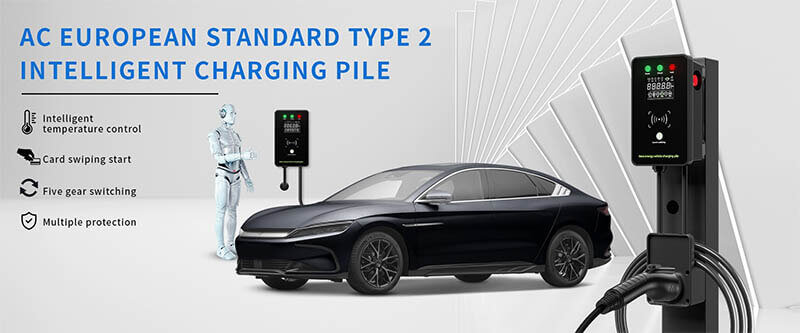
Electric Vehicle (EV) owners are suggested to install a charging unit for their car at home. Installing a home charging unit in your garage or overnight parking space simplifies day-to-day driving and provides peace of mind that your car will begin each day with a full battery. Here are some things to think about when considering a home EV charger.
What Kinds of Home EV Chargers are Available?
EV drivers who charge at home have two options. New EVs come with a slow-charging cable that plugs into a standard electric outlet. These portable EV chargers only add about five miles of range to a battery for each hour they’re plugged in. This solution should work if you charge your EV every night while you sleep and rarely travel more than 50 miles.
A typical at-home charging alternative is an EV charging wallbox. You install this unit on a wall or a pole, requiring a 240V outlet to take advantage of its faster charging speeds. Depending on the EV, the EV’s battery pack, and the charger’s amperage (higher is better), these chargers can refill an empty battery in 4-10 hours. Again, you can charge overnight, but the difference here is that you replenish the entire battery instead of a portion of it.
How Much to Install an EV Charger at Home?
Installation costs for home EV charging units vary. The job is similar to what’s required to install a new outlet for an electric clothes dryer or 240V power tools. Any certified electrician can install a home charger for your EV.
Depending on where you want your home charger and if any electrical upgrades are necessary, an electrician may charge a few hundred dollars or well over $1,000 for this service. Some automakers offer deals to make installing a home EV charger more affordable.
What Should I Consider Before Buying a Home EV Charger?
The first thing to consider is where to place your home EV charger. EV models do not have a standard location for their charging port. Some are behind the rear doors, near where you refuel a gas-powered car. Others are hidden in the grille or above the front fenders. If the location where you will park your EV is a tight fit, it might make sense to install the charger near where the port will be when you park. If this is not possible, look for a charger with a long cable. In the United States, the maximum cable length is 25 feet. You can also install some home chargers outside.
Another thing to consider is that charging an EV at home might require updating your electrical panel. Older, 100A panels can charge EVs, but a 200A panel might allow faster charging. Many factors influence charging speed, including the rating of the EV’s built-in charger and the amperage rating of the home charging unit. You can find the amp number listed in the specs for each device. A 30A home charger can work well with a 100A panel but might take longer to charge than a 50A unit. Your electrician will let you know if installing a 50A home charger is possible with a 100A panel if it also supplies energy to other large appliances.
Summary
Living with an EV is easier once you have a home charging solution. Getting there requires planning and could cost hundreds or thousands of dollars, but the result is the ability to fully charge your EV while you sleep.
To learn more about the different types of our EV chargers, please contact our Sales team at ev@kelylands.com or leave messages on WhatsApp +86 170 5109 5790. We welcome your questions or inquiries.

